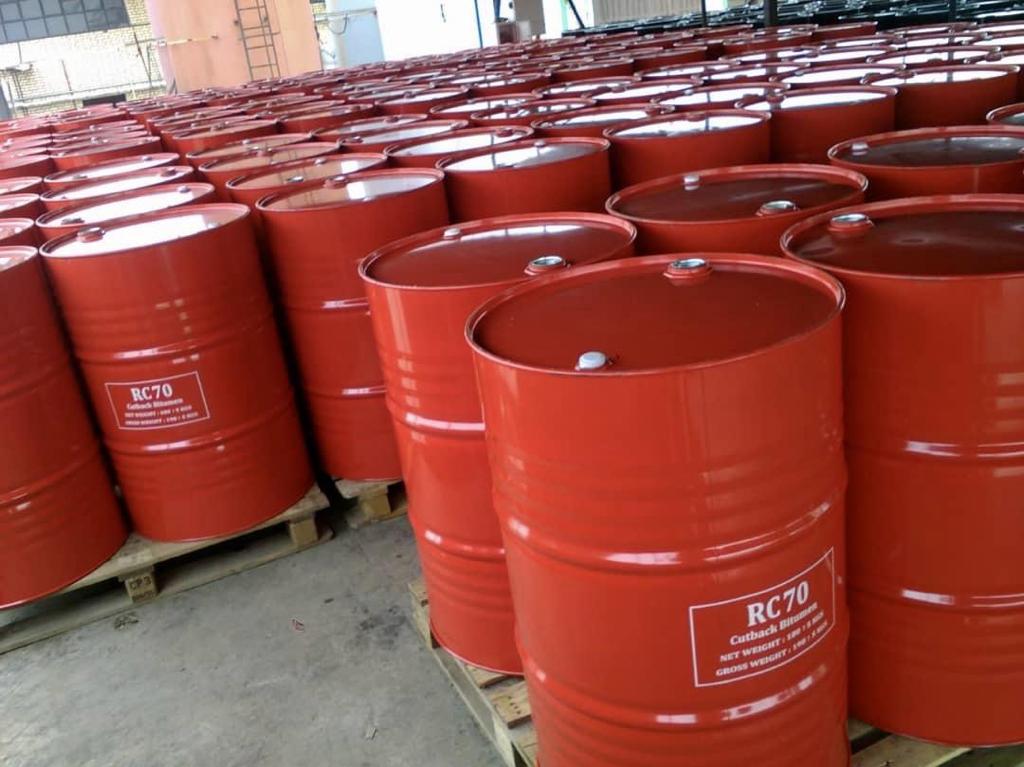
Definition of Rapid Curing Cutback Bitumen
Rapid Curing Cutback Bitumen is bituminous material that is manufactured by blending penetration-grade bitumen with a very volatile solvent like kerosene or naphtha to allow quick setting and simplicity in application, usually in cold weather or in situations where work completion must be done urgently.
When applied, the solvent evaporates immediately to deposit a hard bituminous film that holds aggregates together or coats surfaces. It is commonly used in road works construction for prime coats, tack coats, and surface treatments. Rapid curing grades like RC-70, RC-250, RC-800, and RC-3000 differ by viscosity and type of application. This bitumen is unique because of its ability to have good adhesion as well as good sealing property quite immediately upon application, and this permits efficient reduction in delays and construction.
With safety measures for working with RC cutback bitumen when working with materials involving flammable solvents, caution is required. Compliance with safety protocols is thus required for ventilation, ignition sources, and personal safety.
Packaging of Rapid Curing Cutback Bitumen varies with the magnitude of the project and accessibility of suppliers. It is primarily in steel drums sealed (150–200 liters), bulk tanker lorries for mass transportation, and intermediate bulk containers (500–1,000 liters) for projects of medium scale.
Custom packing can also be arranged in some cases. Cool, well-ventilated, and without ignition sources are storage conditions critical for product quality and safety. Typical specifications of RC cutback bitumen are 25%–40% solvent content, flash point typically in the range of 40°C–60°C, and curing time in the range of 24 to 48 hours depending on the conditions. It should be chemically stable for at least six months when stored, be very soluble and phase separation-free, and meet performance requirements of viscosity, penetration (40–70 dmm when cured), adhesion, and water resistance. The grade to be utilized (e.g., RC-70 for fast application or RC-800 for heavy-duty) will depend on conditions in the laboratory and weather.

